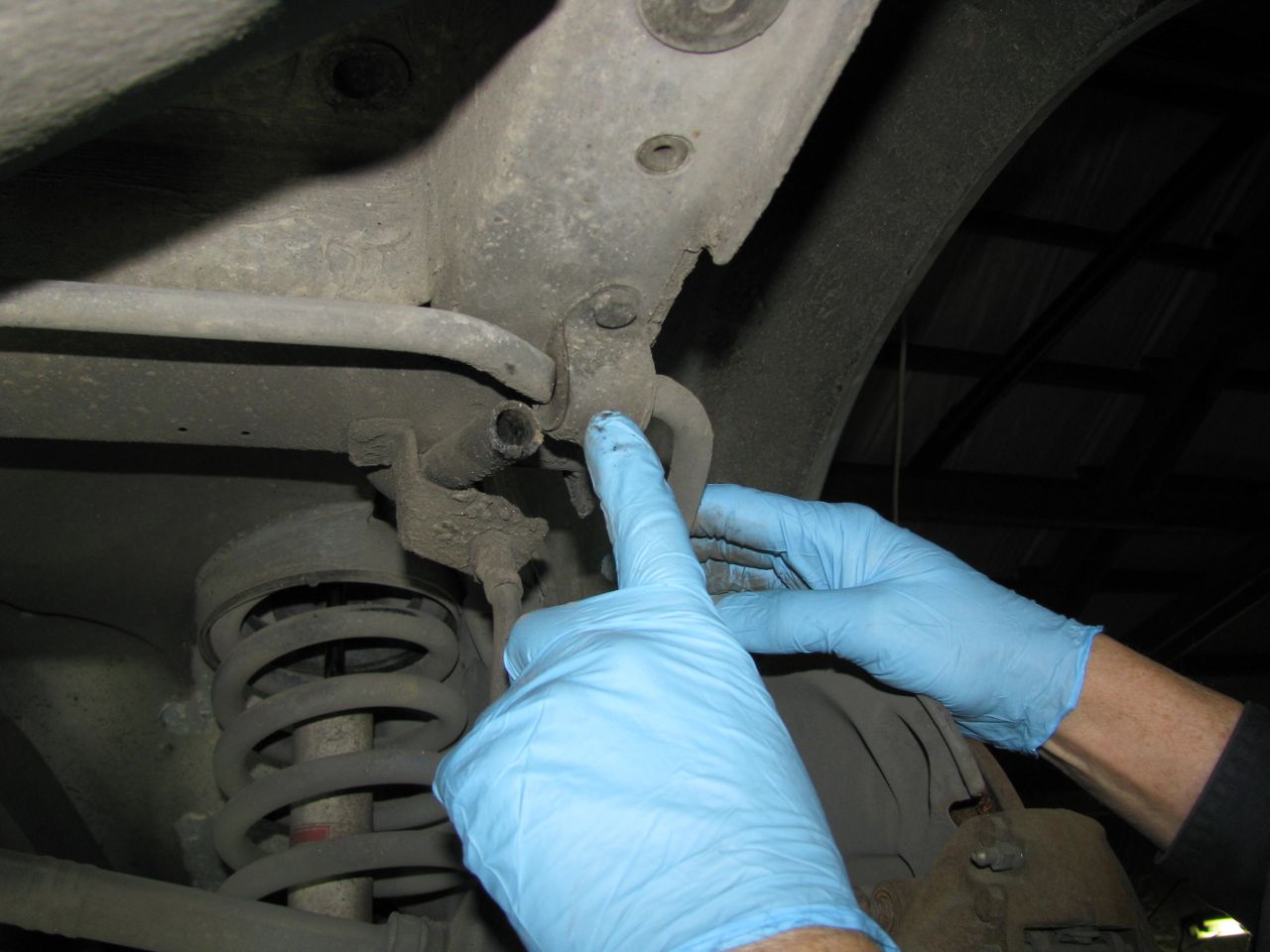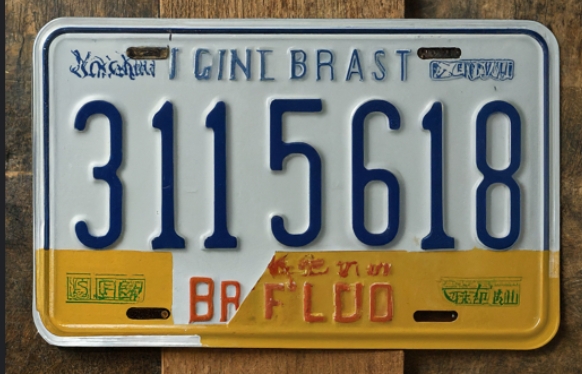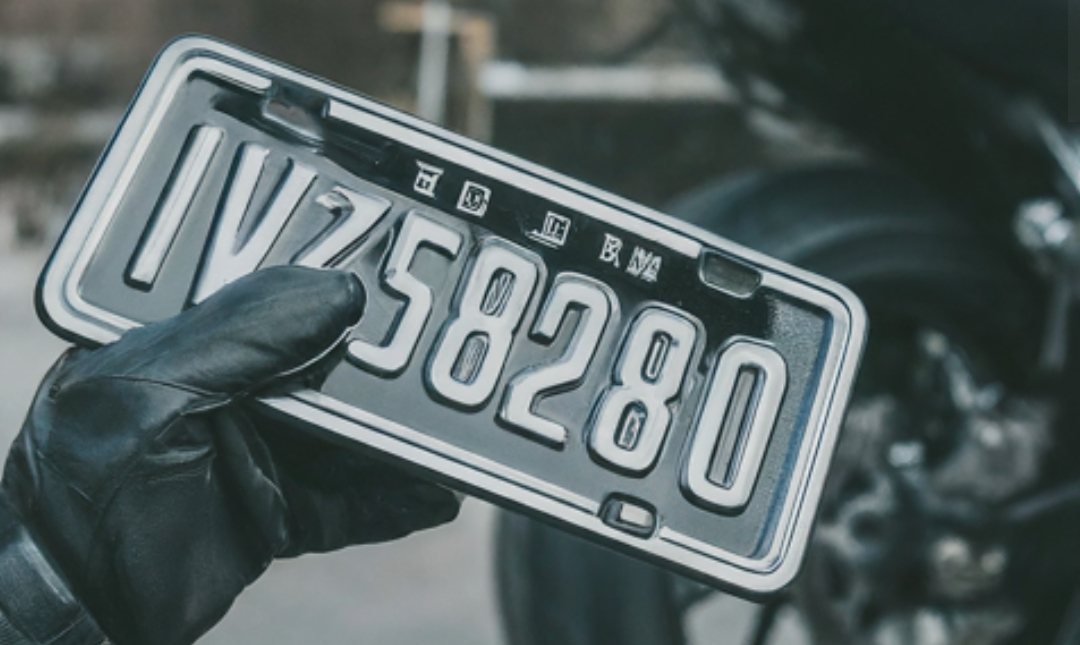Exploring Sway Bar Rubber Bushings: Function, Signs of Wear, and Replacement
Sway bar rubber bushings may not be the most glamorous part of your vehicle, but they play a crucial role in ensuring a smooth and stable ride. These small components help to minimize body roll and maintain control during cornering and maneuvering. In this comprehensive guide, we’ll delve into the function of sway bar rubber bushings, signs of wear and deterioration, and the importance of timely replacement.
Understanding Sway Bar Rubber Bushings
Sway bar rubber bushings, also known as sway bar bushings or stabilizer bar bushings, are small rubber components that mount the sway bar (also called the stabilizer bar) to the vehicle’s frame or suspension. The sway bar is a metal rod that connects the left and right sides of the suspension to help stabilize the vehicle during cornering. Rubber bushings serve as a cushion between the sway bar and the mounting brackets, absorbing vibrations and preventing metal-to-metal contact.
Function of Sway Bar Rubber Bushings
The primary function of sway bar rubber bushings is to provide flexibility and damping characteristics while maintaining the rigidity of the sway bar. During cornering or maneuvering, the sway bar twists and flexes to counteract body roll, keeping the vehicle stable and level. The rubber bushings allow the sway bar to move smoothly while reducing noise, vibration, and harshness (NVH) transmitted to the vehicle’s occupants.
Signs of Wear and Deterioration
Like any rubber component, sway bar rubber bushings can deteriorate over time due to exposure to heat, oil, road debris, and other environmental factors. Here are some common signs of worn or deteriorated sway bar bushings:
- Clunking or Knocking Noise: Worn sway bar bushings may produce a clunking or knocking noise, especially when driving over bumps or making sharp turns. This noise is often caused by excessive movement or play in the sway bar due to deteriorated bushings.
- Excessive Body Roll: If the sway bar bushings are worn, you may notice increased body roll during cornering or maneuvering. This can affect the vehicle’s stability and handling, potentially compromising safety.
- Uneven Tire Wear: Worn sway bar bushings can lead to uneven tire wear, as the suspension may not maintain proper alignment during cornering. This can result in premature tire wear and reduced tire lifespan.
- Visible Damage: Inspect the sway bar bushings visually for signs of damage, such as cracks, tears, or deformation. If the rubber bushings appear damaged or deteriorated, they should be replaced promptly.
Importance of Timely Replacement
Replacing worn or deteriorated sway bar rubber bushings is essential for maintaining safe and predictable handling characteristics. Neglecting worn bushings can lead to increased body roll, reduced stability, and compromised handling, increasing the risk of accidents or loss of control. Additionally, worn bushings can cause excessive wear on other suspension components, leading to costly repairs down the line.
Sway Bar Rubber Bushing Replacement
Replacing sway bar rubber bushings is a relatively straightforward task that can be done with basic hand tools. Here’s a general overview of the replacement process:
- Lift the Vehicle: Safely lift the vehicle using jack stands or a hydraulic lift to access the sway bar and bushings.
- Support the Sway Bar: Use a jack or support stand to support the sway bar while removing the old bushings.
- Remove Old Bushings: Loosen and remove the bolts securing the sway bar bushings to the frame or suspension. Carefully remove the old bushings from the sway bar.
- Install New Bushings: Install the new sway bar bushings onto the sway bar, ensuring proper alignment and orientation. Secure the bushings with the bolts and tighten them to the manufacturer’s specifications.
- Lower the Vehicle: Carefully lower the vehicle and test-drive to ensure proper installation and alignment of the sway bar bushings.
Conclusion
Sway bar rubber bushings may be small components, but they play a significant role in maintaining stability, control, and comfort while driving. By understanding the function of sway bar bushings, recognizing signs of wear and deterioration, and replacing worn bushings in a timely manner, you can ensure safe and predictable handling characteristics for your vehicle. Regular inspection and maintenance of sway bar bushings are essential for a smooth and enjoyable driving experience.




Post Comment